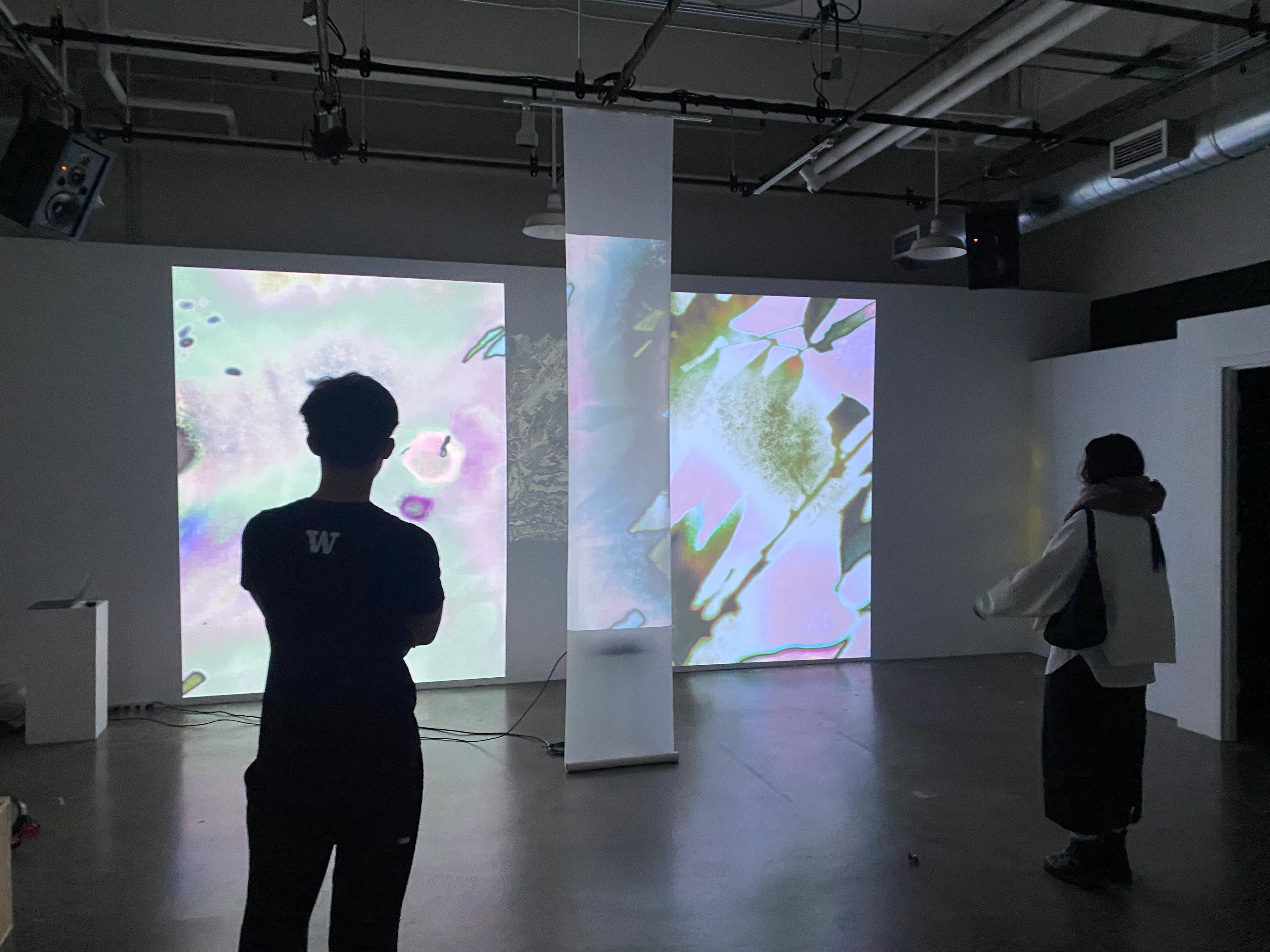Narratives We Live By
This project originates from my ongoing curiosity about self-expression and inner exploration. After relocating to a foreign environment, I found myself spending more time alone—engaging in extended dialogues with myself. Gradually, I began to realize that the narratives we tell ourselves profoundly shape our emotional states and behavioral decisions. These personal narratives are not only foundational to our sense of selfhood but also tend to reveal contradictions, ambiguities, and moments of uncertainty.
Through observation and introspection, I came to understand that self-narratives are rarely linear or entirely truthful. People often choose to lie to themselves—these lies, though evasive of truth, sometimes serve restorative, comforting, or even survival purposes. This realization led me to question the binary logic of “truth versus fiction” as a valid framework for understanding narrative. Instead, I became interested in the ambiguity, multiplicity, and fractures within narrative itself, and sought to materialize this complexity through visual composition and spatial installation.
In terms of media, I incorporated AI-generated content as part of the narrative. The oscillation between artificiality and realism that AI embodies resonates with my interest in the notion of “fictional truth” in self-narration. Through AI, I constructed a self-image that feels both familiar and unfamiliar—inviting viewers to oscillate between recognition and disidentification.
To express the internal fragmentation between surface and depth, I designed a space with a “secondary projection layer”—a piece of tracing paper suspended between the projector and the audience. The resulting interplay of light and shadow between the wall and the paper creates a layered visual experience, symbolizing the overlaps and ruptures between memory, emotion, and consciousness. This spatial setup also gestures toward the negotiation of multiple inner voices that constitute the self.
